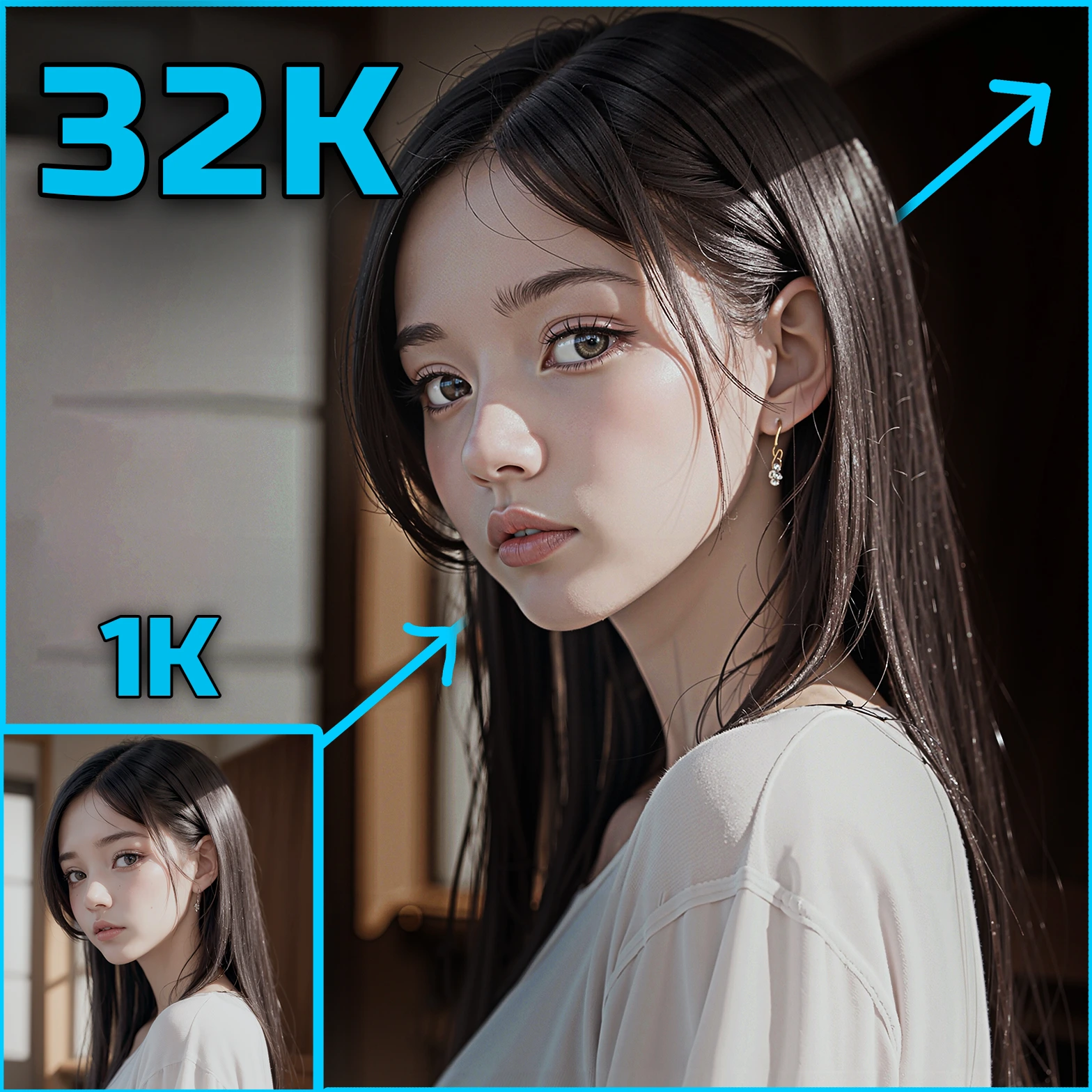ComfyUI Node: Parabolize
Parabolize
Categorypostprocessing/Color Adjustments
EllangoK (Account age: 3063days) Extension
ComfyUI-post-processing-nodes Latest Updated
2025-01-20 Github Stars
0.21K
How to Install ComfyUI-post-processing-nodes
Install this extension via the ComfyUI Manager by searching for ComfyUI-post-processing-nodes- 1. Click the Manager button in the main menu
- 2. Select Custom Nodes Manager button
- 3. Enter ComfyUI-post-processing-nodes in the search bar
Visit ComfyUI Online for ready-to-use ComfyUI environment
- Free trial available
- 16GB VRAM to 80GB VRAM GPU machines
- 400+ preloaded models/nodes
- Freedom to upload custom models/nodes
- 200+ ready-to-run workflows
- 100% private workspace with up to 200GB storage
- Dedicated Support
Parabolize Description
Apply parabolic image transformation for creative visual effects with adjustable brightness and contrast using pixel manipulation based on a parabolic equation for AI artists.
Parabolize:
The Parabolize node is designed to apply a parabolic transformation to an image, which can be used to create unique visual effects by adjusting the brightness and contrast in a non-linear manner. This transformation is achieved by manipulating the pixel values of the image based on a parabolic equation, allowing for creative control over the image's appearance. The node is particularly useful for AI artists looking to add a distinctive touch to their images, as it provides a way to emphasize or de-emphasize certain areas of the image through the use of a parabolic curve. By adjusting the parameters, you can control the shape and position of the parabola, thus influencing how the image is transformed.
Parabolize Input Parameters:
image
This parameter represents the input image that you want to apply the parabolic transformation to. The image should be in the form of a tensor, which is a multi-dimensional array used to store the pixel values.
coeff
The coeff parameter controls the coefficient of the parabolic equation. It determines the curvature of the parabola applied to the image. A higher absolute value of coeff will result in a steeper curve, while a lower absolute value will produce a gentler curve. The default value is 1.0, with a minimum of -10.0 and a maximum of 10.0, and it can be adjusted in steps of 0.1.
vertex_x
The vertex_x parameter specifies the x-coordinate of the vertex of the parabola. This determines the horizontal position of the parabola's peak or trough on the image. The default value is 0.5, with a minimum of 0.0 and a maximum of 1.0, and it can be adjusted in steps of 0.1.
vertex_y
The vertex_y parameter specifies the y-coordinate of the vertex of the parabola. This determines the vertical position of the parabola's peak or trough on the image. The default value is 0.5, with a minimum of 0.0 and a maximum of 1.0, and it can be adjusted in steps of 0.1.
Parabolize Output Parameters:
IMAGE
The output is the transformed image, which has undergone the parabolic transformation based on the specified parameters. The resulting image will have pixel values adjusted according to the parabolic equation, creating a unique visual effect that can enhance the artistic quality of the image.
Parabolize Usage Tips:
- Experiment with different
coeffvalues to see how the curvature of the parabola affects the image. A positivecoeffwill create a convex parabola, while a negativecoeffwill create a concave parabola. - Adjust the
vertex_xandvertex_yparameters to position the parabola's peak or trough in different areas of the image. This can help you emphasize or de-emphasize specific parts of the image. - Use the parabolic transformation in combination with other post-processing nodes to create more complex and interesting visual effects.
Parabolize Common Errors and Solutions:
Image tensor shape mismatch
- Explanation: The input image tensor does not have the expected shape, which should be a 4D tensor with dimensions corresponding to batch size, height, width, and channels.
- Solution: Ensure that the input image tensor is correctly formatted as a 4D tensor. You may need to reshape or preprocess your image data before passing it to the node.
Invalid parameter values
- Explanation: One or more of the input parameters (
coeff,vertex_x,vertex_y) are outside their allowed ranges. - Solution: Check the values of the input parameters and ensure they fall within the specified ranges. Adjust the values accordingly and try again.
Output image out of bounds
- Explanation: The transformed image has pixel values that are outside the valid range of [0, 1].
- Solution: The node automatically clamps the pixel values to the range [0, 1], so this error should not occur. If it does, ensure that the input image and parameters are correctly set.
Parabolize Related Nodes
RunComfy is the premier ComfyUI platform, offering ComfyUI online environment and services, along with ComfyUI workflows featuring stunning visuals. RunComfy also provides AI Playground, enabling artists to harness the latest AI tools to create incredible art.

